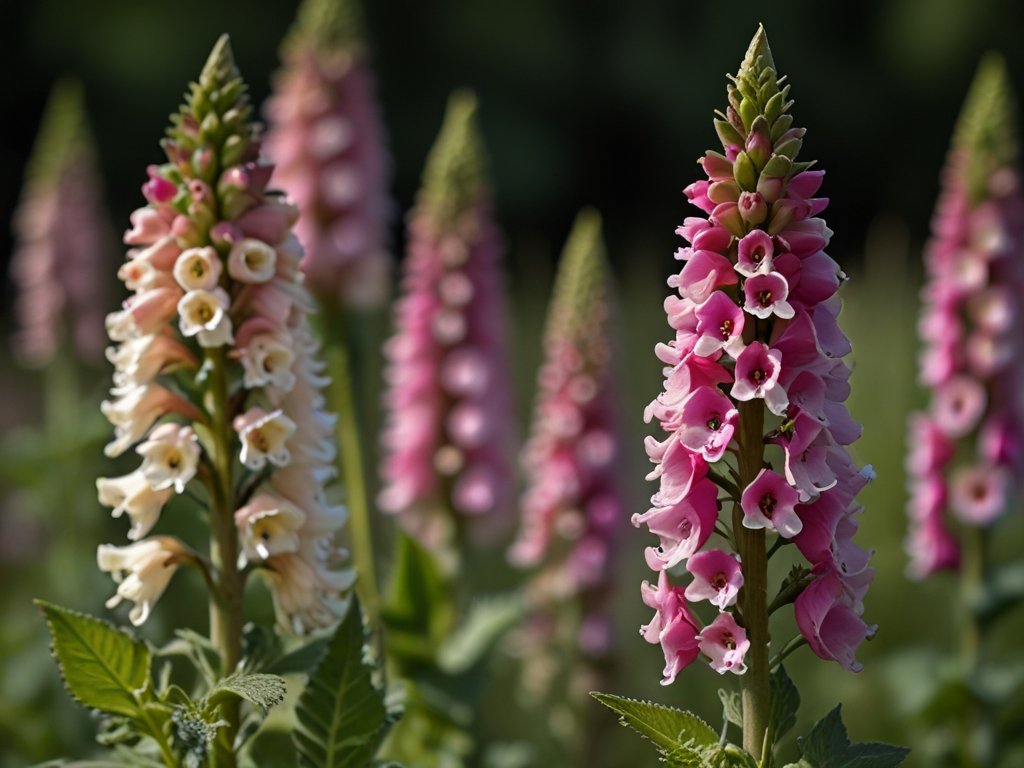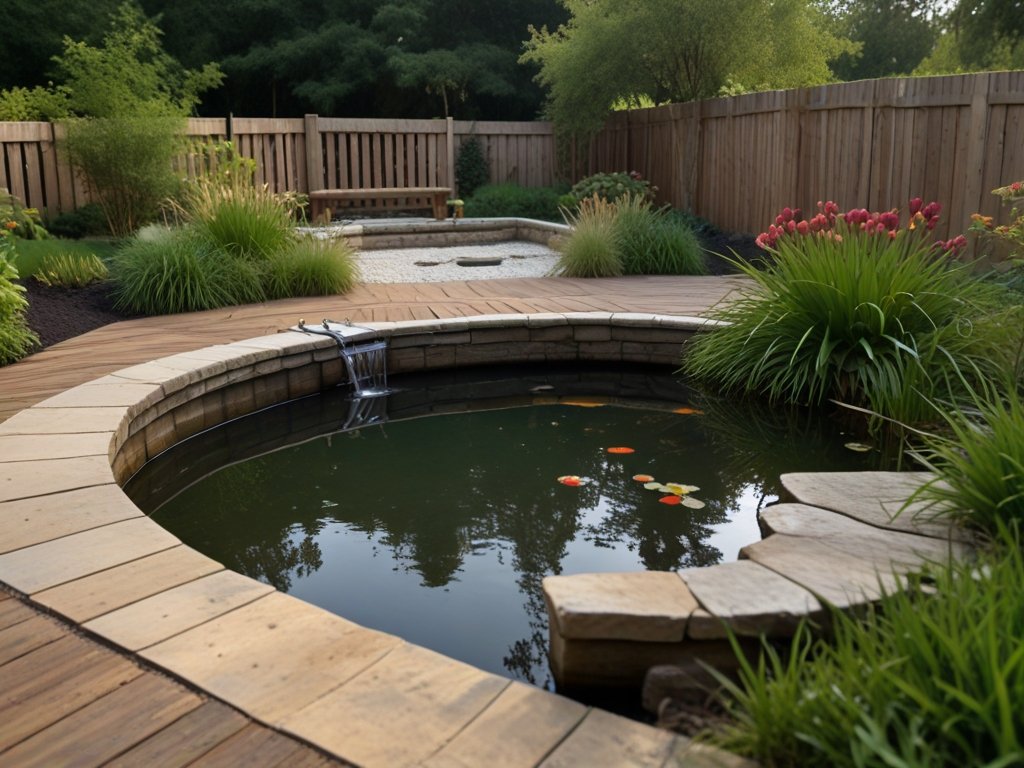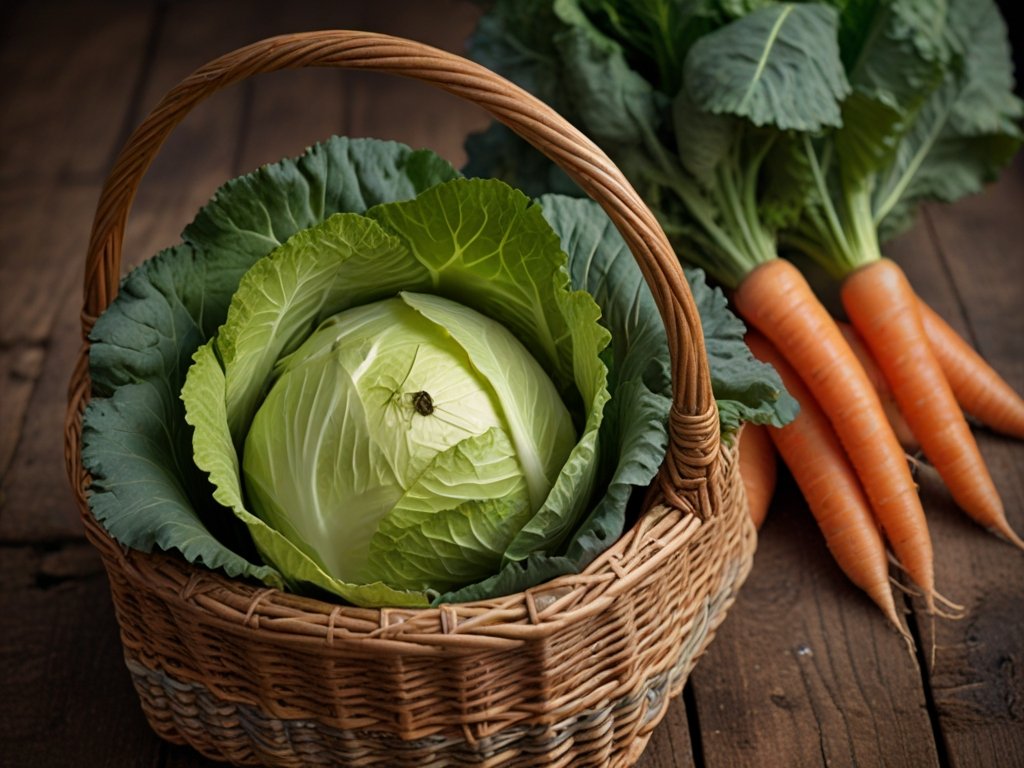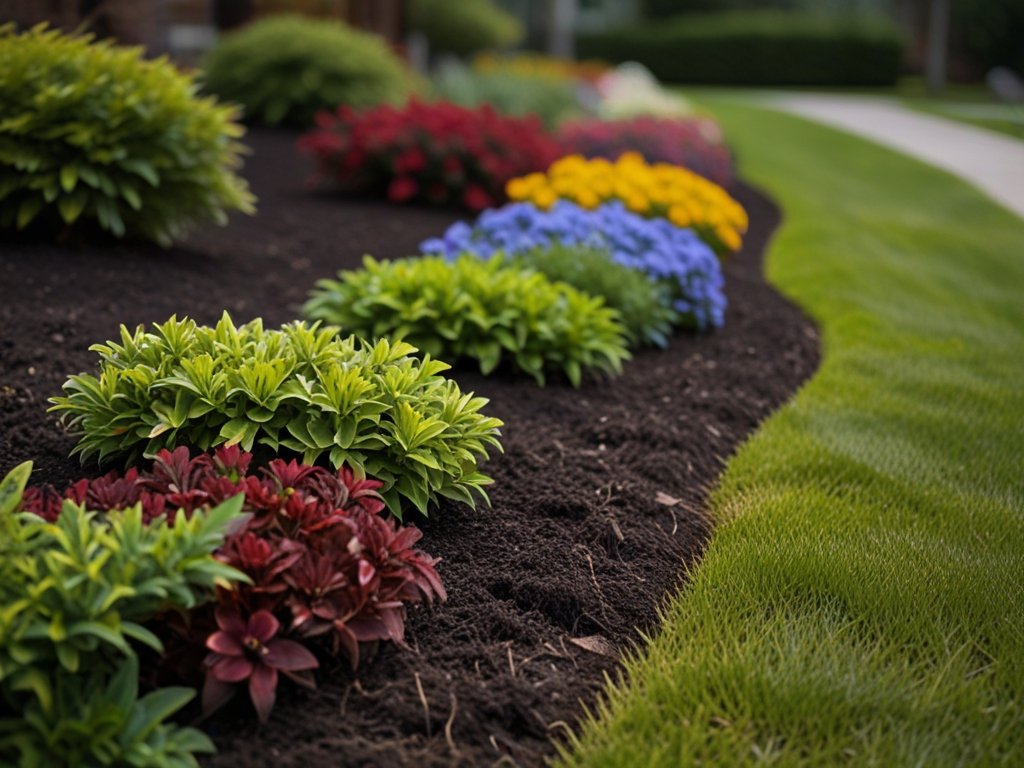If you are looking for ways to make your garden more eco-friendly and sustainable, you are not alone. Many people are becoming more aware of the environmental impact of their gardening practices and want to reduce their carbon footprint, conserve water, and attract wildlife. Here we will show you how to choose the right plants, use organic methods, recycle and reuse materials, and create a haven for biodiversity. By following these suggestions, you will not only enjoy a beautiful and productive garden, but also contribute to the health and well-being of the planet.
Making Your Own Compost.
One of the best ways to reduce your waste and improve your garden is to make home compost. Compost is a natural fertilizer that enriches the soil, helps retain moisture, and suppresses weeds and pests. Compost is also easy and cheap to make, and you can use a variety of organic materials from your kitchen, garden, or yard. Here are some steps to follow to make your own home compost.
It is best to purchase a purpose made compost bin or make a wooden one yourself, but you can also just make a pile in a suitable spot if you wish. Choose a site that is level, well-drained, and sunny or partially shaded. Avoid sites that are too windy, wet, or close to water sources.
To make your compost you will need a mix of green and brown materials. Green materials are high in nitrogen and include fruit and vegetable scraps, coffee grounds, tea bags, grass clippings, and fresh manure. Brown materials are high in carbon and include things like dry leaves, straw, hay, wood chips, sawdust, paper, and cardboard. You shouldn’t include any meat or dairy products, diseased plants or pet waste. Try to aim for a ratio of about 2 parts brown to 1 part green by volume.
You first step to build your compost pile should be to start with a layer of coarse brown materials, such as twigs or branches, to allow air circulation at the bottom. Then as far as possible add alternating layers of green and brown materials. Moisten each layer with water as you go, but don’t make it too wet or soggy. You can also add some soil, compost, or worms to speed up the decomposition process.
To maintain a healthy and active compost, you will need to turn and aerate it regularly, about once a week. This will help distribute the moisture, heat, and oxygen throughout the compost, and break down the materials faster. You can use a fork or spade, or a compost aerator to turn your compost, or you can simply move it from one bin or pile to another.
Depending on the size, type, mix and quality of your materials, the temperature and the frequency of turning and watering, your compost can be ready in anywhere from 2 months to 2 years. You will know your compost is ready when it looks dark and earthy, and you can no longer recognize the original materials. Now you can use your compost to enrich your garden beds, pots, or lawns.
There are many advantages to making your own compost that include-
- It will reduce your waste and landfill emissions.
- Saving money on fertilizers and soil conditioners
- Better quality soil and structure.
- Improved plant growth and health
- Higher levels of beneficial insects and wildlife in your garden
- Recycling valuable nutrients
The disadvantages of composting are –
- It takes time and effort to maintain your compost pile.
- If it isn’t well managed you may be affected by pests, diseases and smells.
You can limit the risks of the above by choosing the best spot to place your compost, add lime, eggshells, or wood ash to reduce acidity and smells and use a lid to deter rodents and flies.

Mulching.
Sometimes people believe that mulching and composting are the same thing, but they are actually very different. Mulching is the process of applying a layer of organic or inorganic material over the soil surface to conserve moisture, moderate temperature, suppress weeds, and improve soil quality. Unlike composting it is purely applied to the surface of the soil and isn’t made of fully decomposed materials. Normally it will also contain hardly any nutrients. It should be done at least once a year to a depth of around 5cm. The best time to do it is in late spring.
The benefits of mulching include the following-
- Helps soil retain moisture and reduce the need for watering.
- Prevent some pests from damaging your plants.
- Help warm up the soil in Spring.
- Protect plants from extreme temperatures.
- Improve your gardens appearance.
Recycle Rainwater.
You can collect rainwater that falls on your house, shed or garage if the buildings have a gutter than you can channel into a storage container such as a water butt. Using rainwater to water your plants will be better for your garden as tap water contains certain chemicals that plants dislike whereas rainwater has nitrates and other nutrients that can feed them. Other benefits of recycling your rainwater include –
- People on water meters will save money by using less mains water.
- In times of drought, you will still have water in times of hosepipe bans.
- Using less tap water will cut your carbon footprint.
The only potential downside is that water left in a container is liable to bacteria including legionella. The risks of this can be minimised by placing the butt in a shady area as the cooler the water is the less likely bacteria will thrive. You should fit a tight-fitting lid to your container and keep it clean. There are also water treatments available that will both kill bacteria and feed plants.
Use Less Chemicals on Your Garden.
Reduce your use of synthetic fertilizers, pesticides, and herbicides, which can harm your soil, plants, water, and wildlife. Use organic or natural alternatives where possible. You can use homemade compost or horse manure instead of fertilizers. There are a range of natural substances that you can use to protect your plants against pests and diseases. These include-
Vinegar. It is a natural acid that can be used to kill weeds, fungus, and bacteria in your garden. You can spray vinegar directly on the weeds but be careful not to get it on nearby plants. Although vinegar is acidic it soon breaks down and it won’t affect the pH of the soil for more than a few days.
Milk. You can use a milk solution to help to prevent and treat fungal diseases, such as powdery mildew and black spot. Milk contains proteins and enzymes that boost the immune system of the plants and inhibit the growth of the fungi. You can make a milk spray by mixing one part milk with nine parts water and spraying it on your plants every few days until the disease is gone. Milk can also be used to fertilize your plants, as it contains nutrients such as potassium and calcium.
Liquid Soap. Make a solution using liquid soap to use as a spray to kill aphids and white flies. You can make a soap spray by mixing one teaspoon of liquid soap with one quart of water and adding a few drops of vegetable oil. Spray the soap solution on your plants, especially on the underside of the leaves, and rinse it off after a few hours. You should make sure you use pure soap and not anything that is classed as a detergent.
Garlic is a powerful natural repellent and pesticide, as it contains sulphur compounds that deter many insects and fungi. You can make a garlic spray by blending a few cloves of garlic with water and straining the mixture. Spray the garlic solution on your plants, especially on the underside of the leaves, to keep away aphids, whiteflies and other pests. You can also use garlic to deter slugs and snails. Garlic may also improve the flavour and health of some plants.
Eggshells. Eggshells are a great source of calcium, which is essential for plant cell wall development and strength. You can crush eggshells and sprinkle them on the soil or mix them with your compost to provide calcium to your plants. They are also effective as a deterrent for slugs and snails.
Coffee grounds. They are a rich source of nitrogen, which is essential for plant growth and greenery. You can use coffee grounds as a fertilizer by sprinkling them on the soil or mixing them with your compost. They are also effective in deterring slugs and snails.
Epsom salts. Epsom salts are another household item that can benefit your garden in many ways. They contain both magnesium and sulphur, which are essential nutrients for plant growth and health. You can dissolve one tablespoon of Epsom salt in one gallon of water and spray it on your plants once a month to boost their foliage and flowers. You should never apply it without diluting it in water first. Roses and Hydrangeas are two flowers that are thought to especially benefit from this. Epsom salts may deter slugs and snails to some extent although evidence to how effective they are is mixed. They can also help in repelling rats and mice who don’t like the strong smell.
Natural products are better than using chemicals but even these should be used sparingly and if you can create a garden that attracts enough beneficial insects to control your pests then that is the ideal solution.
Grow Plants That Suit your Climate.
Plant native and diverse plants that suit your climate, soil, and sunlight conditions which attract pollinators, birds, and beneficial insects. These plants will be more resistant to pests and diseases and require less water and maintenance. Choose plants which provide food and shelter for wildlife. This will help create a more resilient and beautiful garden.
At the same time, you should remove any invasive or exotic species replacing them with more suitable plants. Restoring your garden to a more natural state will encourage beneficial insects and boost the gardens biodiversity.
The plants you choose should be ones that provide pollen and nectar for bees and other insects and grow a range of types that flower over different times to extend the flowering season as long as possible. You should also plan a mix of smaller flowers as well as larger shrubs. Buddleias are a great choice to encourage butterflies and bees as are Hebe’s. Other good choices include lavender, sunflowers, foxgloves, cornflowers and alliums.


Build a Garden Pond
A small pond is easy to make and will provide a home to a wide range of animals and insects such as Frogs, Toads, Newts, Dragonflies, Damselflies, Beetles, Snails or Butterflies. It will also attract a variety of birds and is a great way to help preserve our diverse wildlife.

Reuse and recycle.
Reuse items that you already have or that you can find or collect, such as rocks, bricks, pallets, bottles and cans to create garden structures, containers, borders, or art. Reusing saves money and resources, and adds character and creativity to your garden.
Items that can’t be reused or composted can be recycled, such as plastic, metal and glass. Recycling reduces landfill waste and energy consumption whilst preserving natural resources and raw materials.
Harvesting
Harvest your fruits, vegetables, herbs, and flowers regularly, carefully and responsibly. Harvesting properly in a timely manner encourages more production, prevents waste, and reduces your carbon footprint and grocery bills.


Creating an eco-friendly garden is not only beneficial for the environment, but also for your health and well-being. By using compost, mulch, and organic fertilizers, you can enrich your soil and reduce water consumption. By planting native species, pollinator-friendly flowers, and edible crops, you can attract wildlife and enjoy fresh produce. By reusing and recycling materials, you can save money and resources and create a unique and beautiful garden. Follow these simple steps and you will be rewarded with a green oasis that helps the planet and gives you pleasure. Happy gardening.
